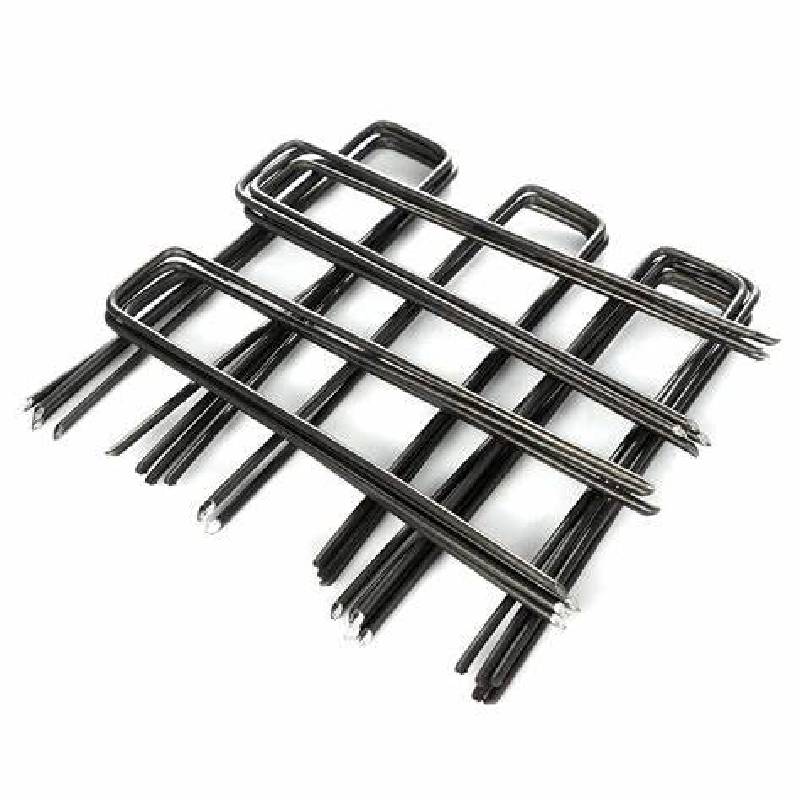
- Mobile Phone
- +8613931874955
- sales@cntcmetal.com
Reinforced Concrete Mesh Solutions for Enhanced Structural Strength and Durability
The Role of Concrete Strengthening Mesh in Modern Construction
In the realm of modern construction and civil engineering, the importance of ensuring structural integrity cannot be overstated. A key component in enhancing the durability and strength of concrete structures is the use of concrete strengthening mesh. This innovative solution has garnered attention due to its effectiveness in reinforcing concrete, mitigating the risks associated with cracking and structural failure.
Concrete, while inherently strong in compression, is relatively weak in tension. This is where the concept of reinforcing materials comes into play. Concrete strengthening mesh, often made of steel or synthetic fibers, is embedded within the concrete mix or applied on the surface to enhance its tensile strength. The primary function of this mesh is to distribute loads more evenly and prevent fissures from developing into larger cracks that could compromise the structural integrity of a building.
One of the most common types of concrete strengthening mesh is welded wire mesh. This type of mesh is constructed from high-quality, welded wire which creates a robust network when placed in concrete. The grid-like structure allows the concrete to bond effectively, providing added support where it is most needed. Similarly, fiber-reinforced polymers (FRPs) have emerged as a versatile alternative, offering lightweight yet strong options for concrete reinforcement. These materials resist corrosion and are particularly beneficial in environments that are prone to chemical exposure.
concrete strengthening mesh

The application of concrete strengthening mesh is not limited to new constructions; it also plays a significant role in rehabilitation projects
. Aging infrastructures, such as bridges, dams, and buildings, often require retrofitting to extend their lifespan. By incorporating strengthening mesh into repair projects, engineers can effectively restore the structural capacity of these aging concrete elements. This approach is not only cost-effective but also aligns with sustainability goals by reducing the need for complete demolition and reconstruction.Moreover, the use of concrete strengthening mesh contributes to safety and performance in dynamic environments. Buildings and structures are frequently subjected to various loads and stresses, such as wind, seismic activities, and traffic. By employing strengthening mesh, engineers can better equip structures to withstand these forces, thus reducing the risk of catastrophic failures. This proactive approach to reinforcing concrete has become increasingly prominent in regions prone to natural disasters, where the resilience of infrastructure is paramount.
In addition to enhancing structural performance, the integration of concrete strengthening mesh can lead to economic benefits. By reducing the likelihood of damage and the need for maintenance, construction projects can save on long-term costs. Furthermore, the lightweight nature of mesh products simplifies handling, reducing labor and material expenses during construction.
In summary, concrete strengthening mesh is a crucial innovation in the construction industry that addresses the inherent limitations of concrete. With its ability to enhance tensile strength, improve structural integrity, and extend the lifespan of concrete elements, it stands as a valuable solution for both new constructions and renovations. As the demand for durable and resilient infrastructures continues to rise, the role of concrete strengthening mesh will undoubtedly grow, creating safer and more sustainable building practices for the future. The ongoing evolution of materials and techniques within this domain will further refine and enhance the efficacy of concrete mesh, solidifying its place as an indispensable component in modern construction.
share:
-
Wall Ties for Concrete: Invisible Guardians of Building Structural StabilityNewsAug.08,2025
-
Timber Frame Wall Ties: Stable Bonds for Load TransmissionNewsAug.08,2025
-
Stainless Steel Woven Wire Mesh: A versatile material from boundary protection to functional supportNewsAug.08,2025
-
Powder Coat Coil Springs: Creating peace of mind and reliability with sturdy protectionNewsAug.08,2025
-
Floor Standing Sign Holder: A Powerful Assistant for Flexible DisplayNewsAug.08,2025
-
Binding Iron Wire: An Invisible Bond for Building StabilityNewsAug.08,2025
-
Yard Sign Stakes: Reliable Guardians of Outdoor SignsNewsAug.04,2025



















